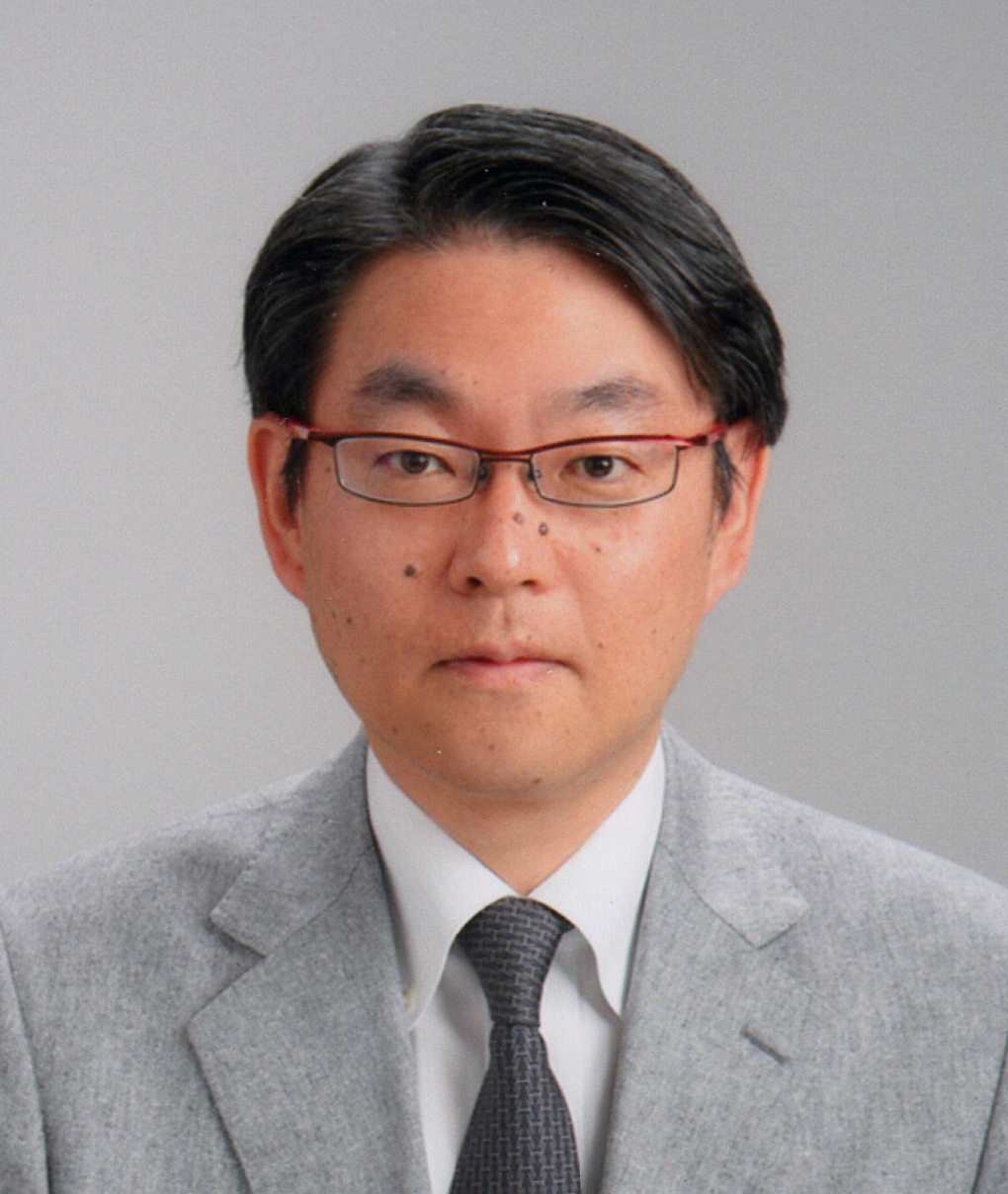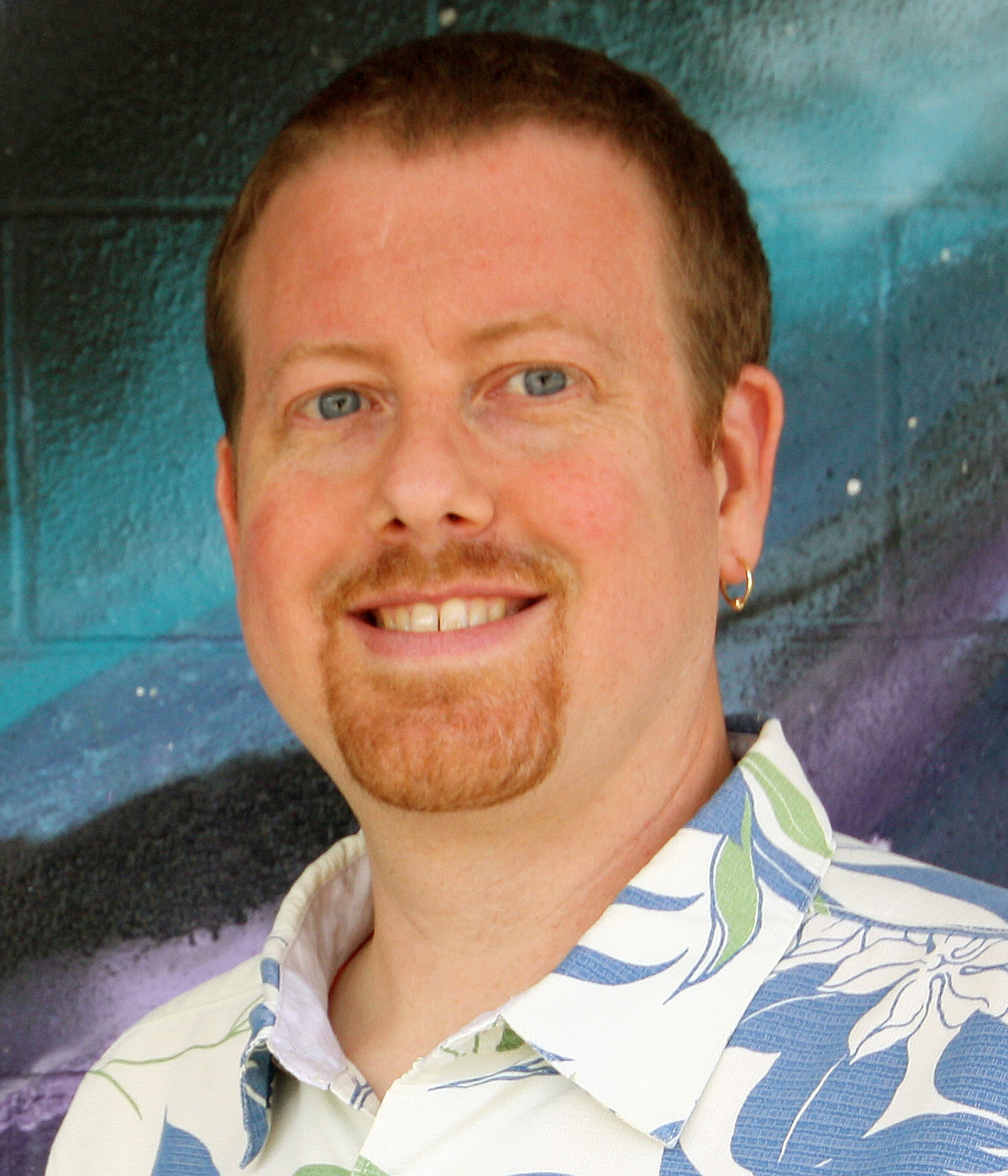January 13, 2020

Prof. Takashi Kubota
Institute of Space and Astronautical Science (ISAS),
Japan Aerospace Exploration Agency (JAXA)
Title
Advanced System Integration Technology for Asteroid Explorer Hayabusa-2
Abstract
Asteroid explorer Hayabusa-2 challenges very interesting objectives: what are original organic matters and water existed in the solar system? Or how are they related to life and ocean water ? To achieve a sample return mission, AI and robotics technology are newly developed. Under the constraint of limited weight budget, various kinds of systems have been developed and effectively integrated into Hayabusa-2 spacecraft, which are power system, communication system, attitude control system, navigation and guidance system, sampling system, propulsion system, etc.
In 2019, Hayabusa-2 successfully performed two trials to touch down the surface and collect less altered materials autonomously. Then Hayabusa-2 will return to the earth with collected samples in 2020. This talk presents advanced technology developed in Hayabusa-2 mission, such as pin-point guidance, visual navigation, automatic sampling, autonomous exploration rovers, etc. This talk especially presents the system integration technology in Hayabusa-2 spacecraft in detail.
Bio
Dr. Kubota is a professor at Institute of Space and Astronautical Science (ISAS), Japan Aerospace Exploration Agency (JAXA), Japan. He received Dr. degree in electrical engineering in 1991 from the University of Tokyo. He was a visiting scientist in Jet Propulsion Laboratory in 1997 and 1998. He was in charge of guidance, navigation, and control in asteroid exploration mission HAYABUSA. He was the Space Science Program Director of ISAS from 2014 to 2017. He is currently the Research Director of ISAS from 2018 and also the director of Space Exploration Innovation Hub Center. He is also a professor of the graduate school of the University of Tokyo. His research interests include exploration robots, AI in space, Robotics, Image based navigation etc.
January 14, 2020

Dr. Christoph Baranec
University of Hawai‘i at Mānoa
University of Hawai‘i at Hilo
Title
Automated Adaptive Optics
Abstract
Large area surveys will dominate the forthcoming decades of astronomy and their success requires characterizing thousands of discoveries through additional observations at higher spatial or spectral resolution, and at complementary cadences or periods. While the adaptive optics systems that compensate for the image-blurring effects of Earth?s atmosphere have been around for decades, only the full automation of these systems will enable high-acuity, high-sensitivity follow-up observations of several tens of thousands of these objects per year.
In June 2012, we demonstrated the first fully automated operation of an astronomical adaptive optics system by observing 125 objects in succession with the Robo-AO system (http://robo-ao.org). Efficiency has increased ever since, with a typical night comprising 200-250 automated observations at the visible diffraction limit. This talk will describe the hardware, software and philosophy needed for automating and adaptive optics system.
Bio
Dr. Baranec is an associate astronomer at the University of Hawaii's Institute for Astronomy and specializes in adaptive optics systems, components and techniques. He obtained his B.S. in astronomy from Caltech ('01) and Ph. D. in optical sciences from the University of Arizona ('07). As a postdoctoral scholar at Caltech, he was on the development team for the world's first visible-light extreme adaptive optics system, PALM-3000, and was PI for the first fully robotic adaptive optics system, Robo-AO, both deployed at Palomar Observatory. Dr. Baranec is currently building a more capable Robo-AO system for the University of Hawaii 2.2-m telescope, as well working on extremely wide field of view adaptive optics technologies and systems.